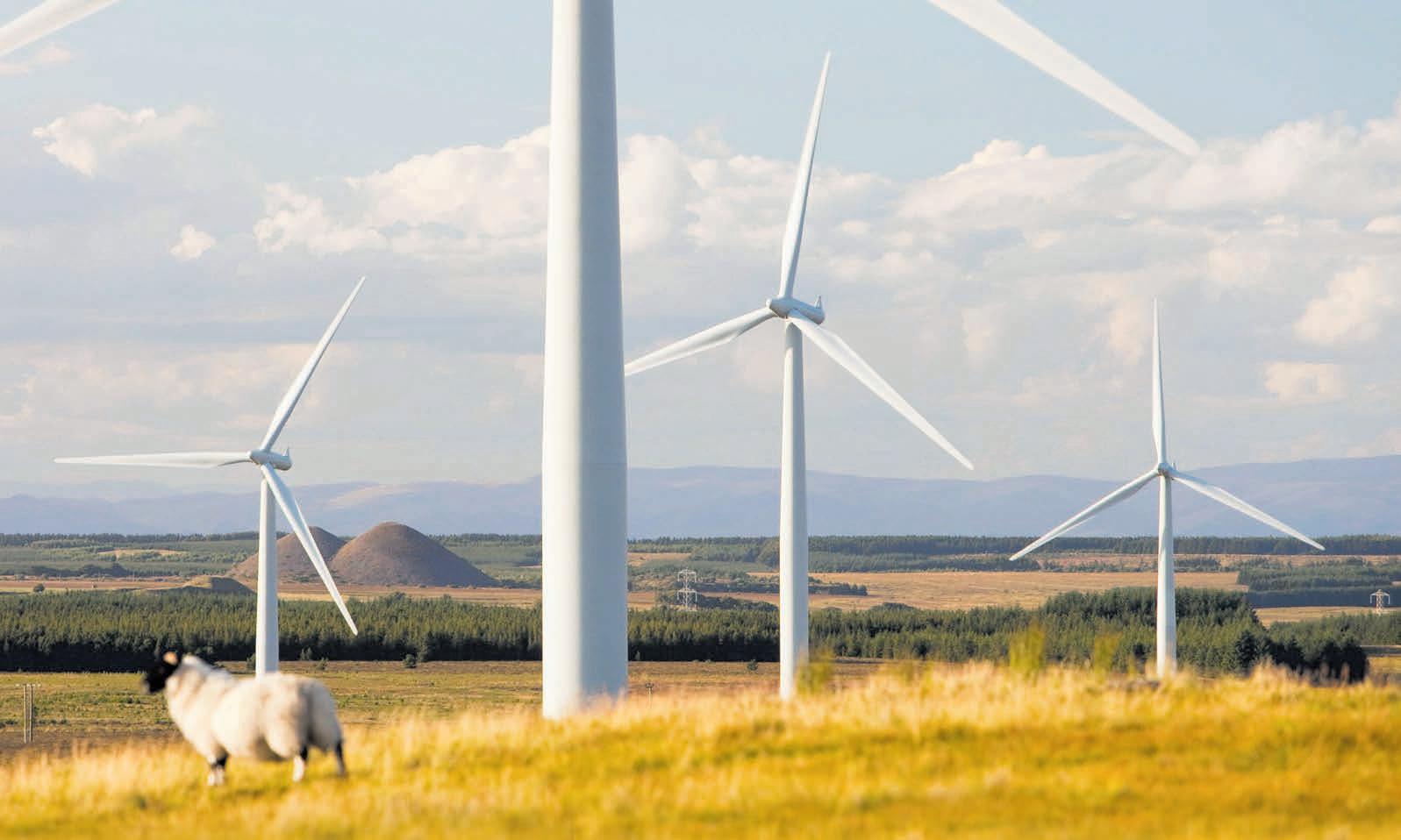
2 minute read
HOW TO KEEP THE UK’S FLEET SPINNING
by cityam
IT’s easy to think of wind turbines as an energy source of the future. But the basic technology has been around for more than a century: the first was hoisted in 1887 by a pioneering Scottish engineer wanting to light up his holiday home.
Some of those installed rather more recently, however, are approaching the end of their shelf life. More than 500 turbines installed in the 1990s will soon be spun out. And what happens then?
Old Wind Turbines Present Early Challenges
Some, naturally, are pulled down. Just under 150 turbines have been decommissioned since the start of the last decade. Up to 90 per cent of a wind turbine can be recycled –including valuable materials such as steel, copper and iron.
But the number decommissioned is growing; 26 have been torn down this year alone.
And with a de facto ban on new onshore wind –England managed to bring only two wind turbines online last year, fewer than in war-torn Ukraine –the focus is now on finding ways to give existing turbines new life, not least with challenging green energy production targets hovering over the industry.
It represents a huge investment opportunity and nascent business, with blade recycling now common across the sector, alongside a thriving global market for second-hand wind turbines, espe- cially in Europe, Asia and Latin America – with some of the first turbines installed in the UK now enjoying a second, if less efficient, life generating in Eastern Europe.
PLAYERS CIRCLE ONSHORE WIND OPPORTUNITIES
One player to benefit from this is energy specialist Full Circle Wind, which uses drones and pulleys to maintain wind turbines across the UK from tip replacements to full-scale blade removals. Like a car, a well-maintained turbine will run for longer.
Billy Stevenson, chief executive of Full Circle Wind, told City A.M. wind turbines remain a highly regulated industry, with stable returns meaning investors opt to keep their wind turbines running with renovations –milking an investment long ago paid off.
Another option is ‘repowering’ onshore wind projects – replacing turbines with more modern and more powerful models such as at Hagshaw Hill.
Zoisa North-Bond, chief executive of Octopus Energy Generation, told City A.M. it had identified up to 1,000 onshore wind turbines that could benefit from repowering.
“It’s essential we deliver more cheap green energy to customers and repowering presents a great opportunity to do this, especially because it still remains difficult to build new onshore wind from scratch,” she said.
“It therefore makes sense to explore putting more technologically advanced and powerful machines in place of old ones, to bring cheap green energy to more people and meet this growing movement for onshore wind.”

Industry Urges For Government Support

Energy wonks are keen on government support to breathe new life into old kit. “Maintaining our current fleet of onshore wind in the UK is almost as important as building new wind farms. Repowering wind farms at the end of their life is crucial and provides the opportunity in some sites to use modern, more powerful, and ultimately better turbines to increase the electricity output, often with fewer turbines than before,” said James Robottom, head of onshore at Renewables UK. Onshore wind’s future, then, may lean quite heavily on its past.










